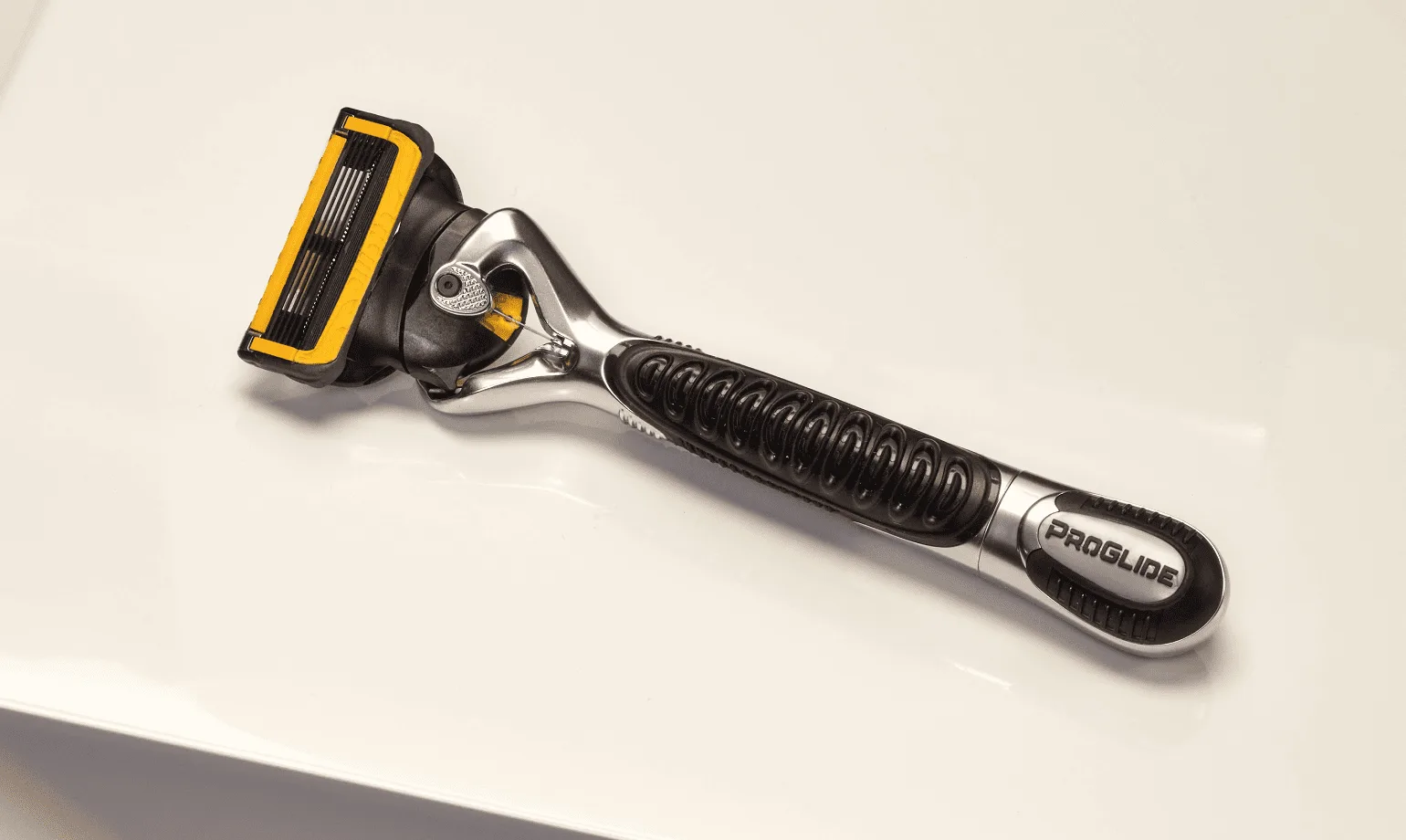Tips for Growing, Shaving, and Shaping a Beard
If you’re thinking about growing a beard, there are a few things to consider before you start. Which beard style is right for you? How much effort do you want to put into your look? Do you have the best tools for the job? Our pros recommend the All Purpose Styler. It’s perfect for trimming, shaving and edging your beard—basically everything you’ll need for any type of grooming.
Learn our best tips for starting your beard growing journey, starting with choosing the right style for your face.
Learn our best tips for starting your beard growing journey, starting with choosing the right style for your face.
Choosing the Right Beard for You
From the Goatee to the Gunslinger, there are a lot of beard styles out there. Whether you like a shorter look, or want a fully grown-out beard, knowing which style works best for your face is a great first step.
You’ll want to think about your face shape before committing to a facial hair style. Another consideration is how much time you want to spend grooming every day. Are you up for something more challenging, or is a low-maintenance style the way to go?
Look below at the types of face shape and the beard styles that suit them best:
You’ll want to think about your face shape before committing to a facial hair style. Another consideration is how much time you want to spend grooming every day. Are you up for something more challenging, or is a low-maintenance style the way to go?
Look below at the types of face shape and the beard styles that suit them best:
- Round Face: Longer hair at the bottom and shorter on the sides will help slim your face and make it look more defined.
- Square Face: Got a strong jawline? Shorter hair near the chin and thinner on the sides highlight your jawline.
- Oval Face: This face shape is great for most beard styles, so don’t be afraid to try something a little different.
- Long Face: With this more rectangular face shape, you’ll want a beard that’s shorter on the bottom and longer on the sides.
Growing Your Beard
Growing a full beard can come with some itchiness that usually lasts 1-2 weeks. To help, keep your skin fully moisturized before you start shaving. When it comes to shaving, using a beard trimmer and styler that allows you to get a close shave will help your hair grow out evenly and minimize that itchiness.
Make sure you’re always keeping your beard and face clean too, using a beard shampoo or beard wash at least once or twice a week. Badly conditioned facial hair and dry skin can make things even more itchy. We always recommend moisturizing after you clean your beard too. This helps keep the skin and hair hydrated between shaves, and beard oil can soften beard hair too.
Make sure you’re always keeping your beard and face clean too, using a beard shampoo or beard wash at least once or twice a week. Badly conditioned facial hair and dry skin can make things even more itchy. We always recommend moisturizing after you clean your beard too. This helps keep the skin and hair hydrated between shaves, and beard oil can soften beard hair too.
Trimming Your Beard
Using a comb attachment to trim your beard will help you get that nice, even look. Use one of Gillette styler’s three comb attachments (2mm, 4mm, 6mm). It’s best to start long using the largest comb; you can always go shorter. Make sure you even-out your beard, making a few passes for consistency.
Next, remove the comb attachment and trim to the beard shape you like. Don’t forget to trim the parts you’ll eventually shave away too. This leads to less pulling and tugging, meaning less irritation on the skin.
Next, remove the comb attachment and trim to the beard shape you like. Don’t forget to trim the parts you’ll eventually shave away too. This leads to less pulling and tugging, meaning less irritation on the skin.
Trimming Your Mustache
Trimming your mustache is slightly harder, but the Precision Trimmer is a huge help. Look at the steps that you can take, no matter the mustache style you’re going for:
- Comb your mustache through
- Cut any unruly hair with scissors
- Trim the edges of your mustache with the precision trimmer
Shaving Around Your Beard
If you want to shave parts of your face for a clean finish, you’ll need to wash your face and beard with warm water first. Then, lather up with some shaving gel on the parts of your face you’ll be shaving bare, including your neck and cheeks.
Next, use the razor blade attachment on your styler and shave with light, gentle strokes to give yourself a close shave.
Facial hair can grow in every direction, so you’ll probably want to shave with and against the grain. An advanced razor with multiple blades like the ProShield will keep you comfortable when shaving.
Next, use the razor blade attachment on your styler and shave with light, gentle strokes to give yourself a close shave.
Facial hair can grow in every direction, so you’ll probably want to shave with and against the grain. An advanced razor with multiple blades like the ProShield will keep you comfortable when shaving.

Shaping and Styling Your Beard
After you’ve done most the work to shape your new beard, it’s time to take care of the details. The Precision Trimmer on the back of the Gillette Styler is great for this part. Use your trimmer to define the lines along your cheeks and sideburns and get that beard style exactly how you want it.
For the final part of the process, don’t skip the post-shave routine. Splash your face with some cool water and pat it dry. Then, rub on some aftershave or moisturizer to keep your skin soft and hydrated. Keep a lightweight beard oil in the mix so your beard will always be soft and looking great.
For more shaving tips, styles, and inspiration, we’ve got you covered.
For the final part of the process, don’t skip the post-shave routine. Splash your face with some cool water and pat it dry. Then, rub on some aftershave or moisturizer to keep your skin soft and hydrated. Keep a lightweight beard oil in the mix so your beard will always be soft and looking great.
For more shaving tips, styles, and inspiration, we’ve got you covered.
Was this article helpful?

